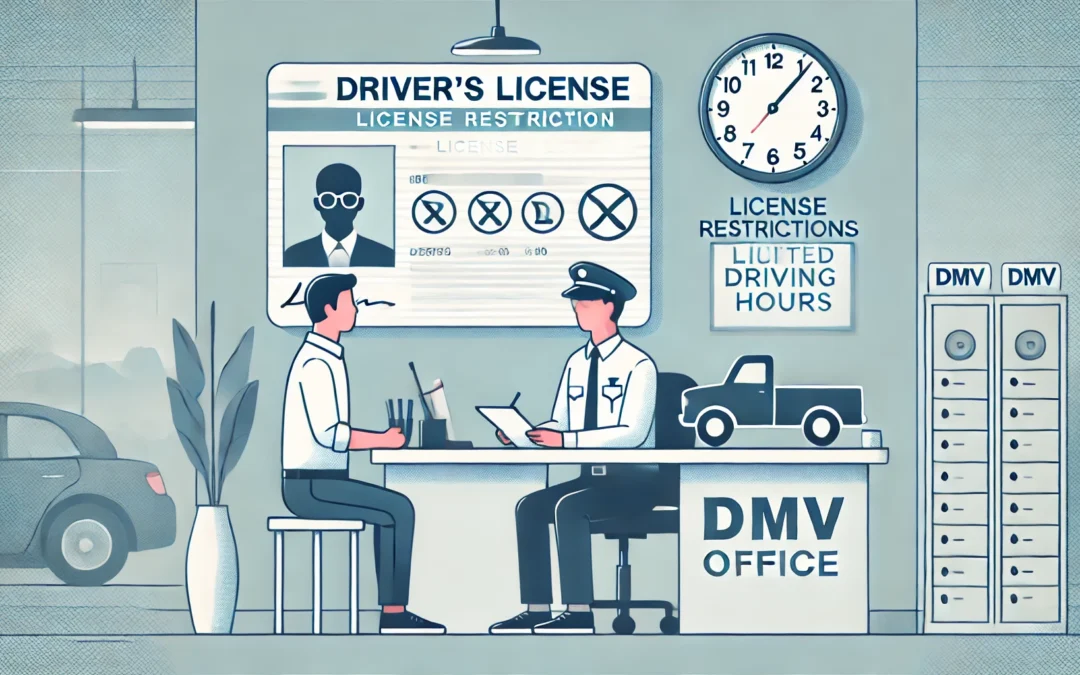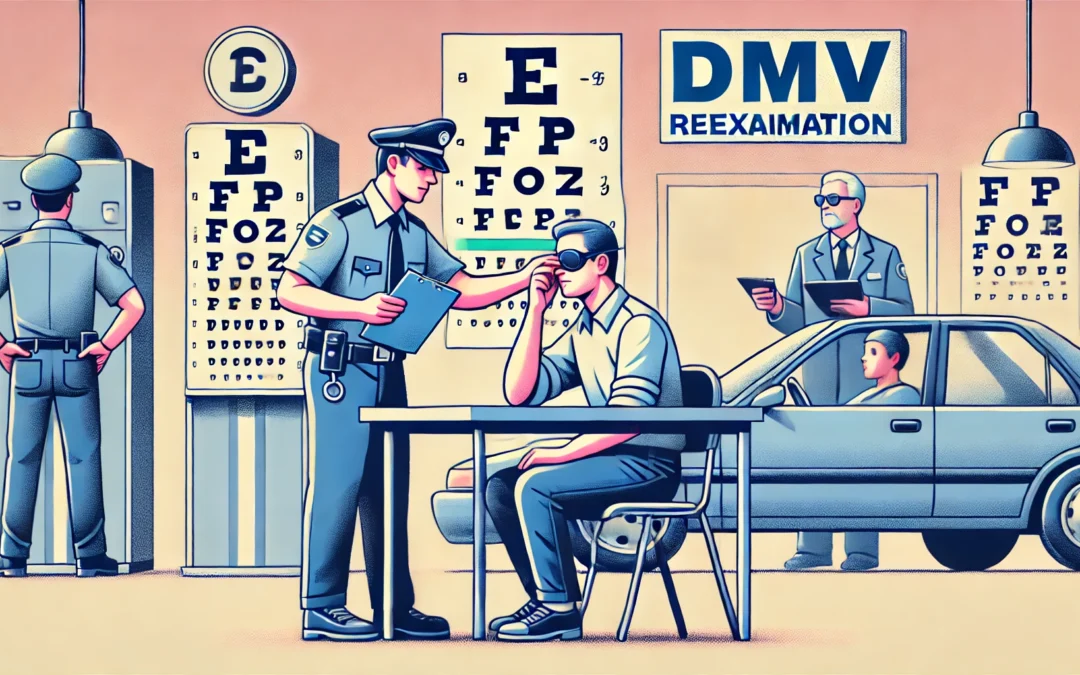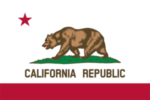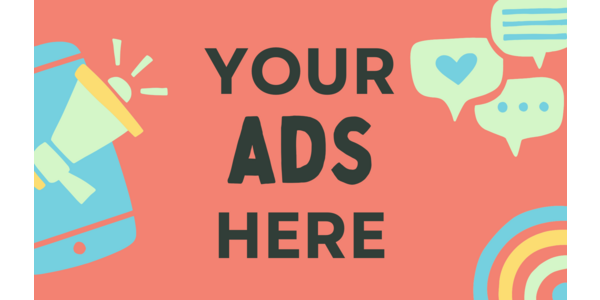
Driver’s License Restrictions: Ensuring Safe and Responsible Driving
Driver’s License Restrictions: Ensuring Safe and Responsible Driving
Driver’s license restrictions are put in place by the California Department of Motor Vehicles (DMV) to ensure that drivers operate vehicles safely under conditions that match their abilities. These restrictions can be temporary or permanent and are often designed to protect both the driver and others on the road. Here’s what you need to know about the different types of restrictions and how they may apply to your license.
1. Common Types of License Restrictions
There are several types of restrictions that can be added to a driver’s license, depending on the individual’s circumstances. The most common restrictions include:
- Corrective lenses (Restriction Code A): If you require glasses or contact lenses to meet the DMV’s vision standards, your license will be marked to indicate that you must wear corrective lenses while driving.
- Limited driving hours (Restriction Code B): Some drivers may be restricted from driving at night due to vision impairment or other health concerns. This ensures that they only drive in conditions that are safe for them.
- Hand controls (Restriction Code C): Drivers with physical disabilities may be required to use vehicles equipped with special hand controls. This restriction ensures that the vehicle is adapted to meet the driver’s needs .
These restrictions are noted on your license and are enforceable by law. Driving outside the terms of your restrictions can result in penalties or even license suspension.
2. Medical-Based Restrictions
Medical conditions can sometimes affect a person’s ability to drive safely. When the DMV becomes aware of certain medical issues, they may impose restrictions to ensure that the driver is not putting themselves or others at risk. Examples include:
- Epilepsy or seizures: Drivers who suffer from seizures may be required to submit medical clearance before being allowed to drive or may face restrictions on when and where they can drive.
- Diabetes management: Those with insulin-dependent diabetes may be required to regularly report their condition or limit their driving to daytime hours.
- Heart conditions: Drivers with serious heart conditions may need periodic medical evaluations to retain their driving privileges .
If you have a medical condition that affects your driving, it’s important to work with your doctor and the DMV to ensure that you remain safe behind the wheel.
3. Provisional License Restrictions for Young Drivers
California enforces strict rules for drivers under 18, as they are still developing their driving skills. These provisional restrictions include:
- No passengers under 20: For the first 12 months after receiving a provisional license, young drivers cannot transport passengers under 20 years old unless they are accompanied by a licensed driver aged 25 or older.
- Nighttime driving: Drivers under 18 are not allowed to drive between 11 p.m. and 5 a.m. during their first year of licensure without adult supervision, unless driving for school, work, or emergencies .
These rules are intended to give young drivers time to gain experience and reduce the risk of accidents.
4. Removing License Restrictions
In some cases, restrictions can be lifted if the driver’s condition improves or if they demonstrate that they can safely operate a vehicle under all conditions. To have a restriction removed, you may need to:
- Provide medical documentation: A doctor may need to certify that your condition has improved enough to drive without restrictions.
- Pass additional tests: You may be required to take a new vision or driving test to demonstrate that you no longer need the restriction.
The DMV will review your case and determine if it’s safe to remove the restrictions on your license.





Recent Comments